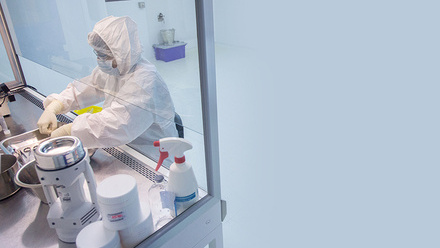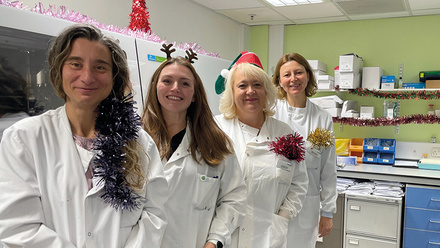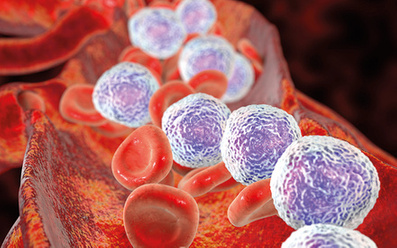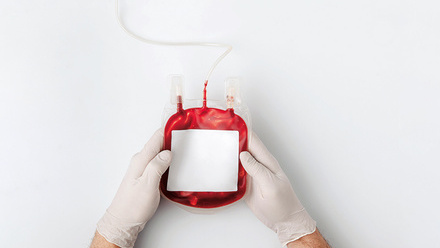My Lab: The Manufacturing Laboratory
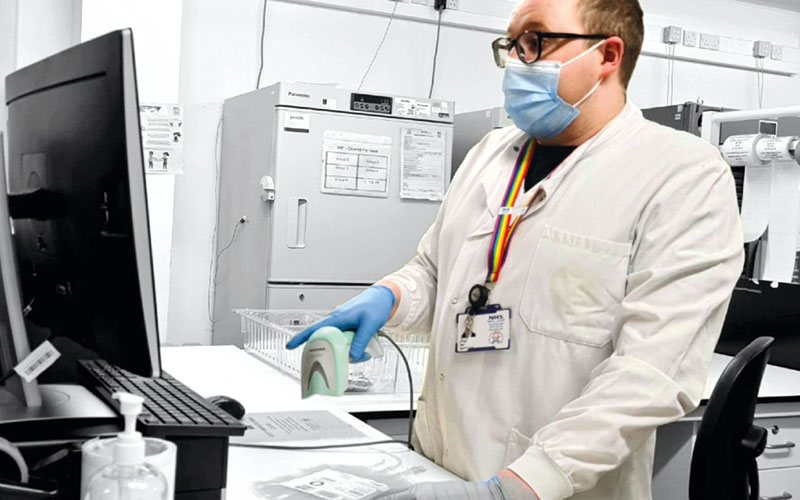
The headquarters of the Scottish National Blood Transfusion Service (SNBTS) are based at the Jack Copland Centre (JCC) in Edinburgh. The JCC is the only Scottish blood, tissues and cells facility for processing, testing, supply, research and development.
This article offers insight into the journey of blood in the manufacturing and dispatch labs. Our labs are operated 24/7, 365 by a friendly hardworking team made up of 16 biomedical scientists and 40 biomedical support workers together with a team of section and senior managers. The laboratories are strictly regulated by the MHRA and are GMP-compliant to ensure the quality, safety and efficacy of our blood products.
The manufacturing lab is a Grade D facility. All whole blood, platelet and plasma donations from our volunteer donors across Scotland are received here. Over 136,000 whole blood donations were collected and processed in 2021. Donations are reconciled on receipt and the type of product entered into the laboratory information management system.
Up to three blood products can be produced from each donation. For example, red cell concentrate, buffy coat (used for platelet pool production) and a clinical plasma product, such as fresh frozen plasma (FFP) or cryoprecipitate intermediate (which are pooled to produce pooled cryoprecipitate). All blood packs are filtered to remove more than 90% of leucocytes, which reduces the risk of immune reactions during transfusion. This process is called leucodepletion.
Donations are then centrifuged to separate the whole blood into different parts and then placed onto automated Macopress Blood Separators. The lines on the red cell blood packs are then stripped and segmented for use in crossmatch and phenotyping. Blood products are then weighed and component type (CT) labelled. These labels contain details of the volume and storage requirements. Clinical plasma is then frozen quickly at −80oC, to make FFP and cryoprecipitate using Freezematic devices. Blood products are placed into quarantine storage until donation testing is complete.
We work closely with our donor testing laboratories (as featured in a My Lab article in June 2021). Once donor testing is complete, each blood product is labelled with the specified results. Reconciliation of all products is undertaken prior to products being shelved in carefully regulated and monitored cold rooms, freezers and incubators.
Our dispatch lab serves hospitals across Scotland, including the Islands. A hub lab supplies hospitals in the West of Scotland. All blood products are electronically issued for traceability and receipted by hospital blood banks.
Our department also produces paediatric red cells, neonatal platelets and plasma, specialist products for specific patients, which include units for exchange transfusion, intrauterine transfusion (IUT), washed red cells, washed platelets and granulocytes. Some products are irradiated, depending on patient requirements, to prevent transfusion-associated graft-versus-host disease.
Like all labs, we have experienced the challenges of the pandemic, but we have still managed to maintain our 24/7, 365 service. I hope this article gives you an insight into the work that takes place in a blood-processing lab. Here’s a short video from our lab youtu.be/vPsXM22Yq_Y

